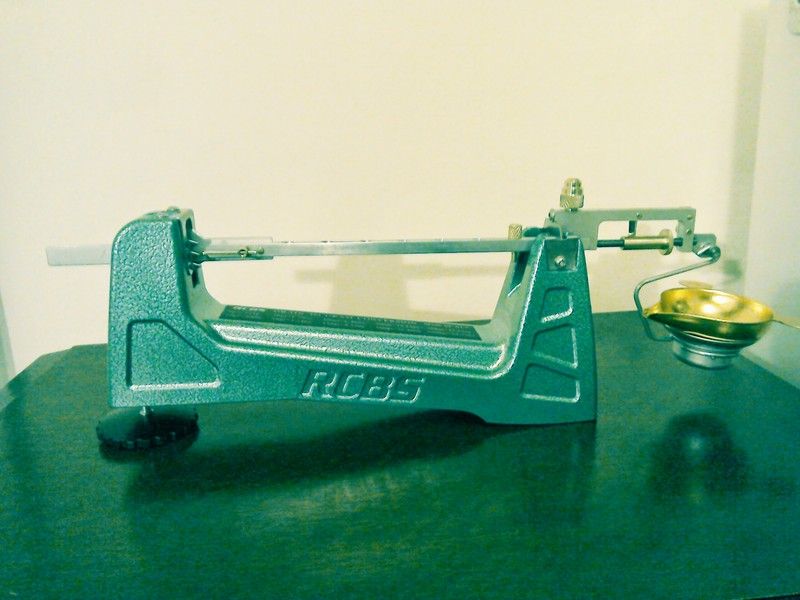saddler wrote:...these new beams of which you speak, do tell more :)
I made this beam as a bit of a prototype to try out a few ideas.
Where I think the regular scales could be improved.:
Almost all current scales read 0-500 grains but around 98% of all use is in the 0-70 grain range for accurately weighing powder. Why have a beam where we only use the first 10% of the range, that's like trying to accurately measure the speed of your car at 5.6 mph when the speedo goes up to 140mph.
Almost all problems with beam scales stem from the knife edges. On most reloading scales these are poor affairs, sharpened at a 60 degree angle, like a cold chisel from 1/8" steel rod. Why not have these easily replaceable, hardened steel and ground to a razor edge, for example, like a Stanley knife blade.
The traditional pan hanger stirrup is also prone to causing errors - this would be much better with a single point suspension system.
A longer beam is also an advantage for seeing small deflections of beam movement.
So - I made the beam in the picture.
It has a 0-70 gn full range beam, replaceable razor edge knife edges, a single point suspension and an extended damper blade to act on the Targetmaster and Omega auto trickler optical sensor, this makes the active length of the beam about eight inches rather than the four inches of most scales.
It's not a "scale" as such, more a weight comparator. To use the "scale" you weigh your charge on the original beam (or on your cheap digital scales) then transfer that charge to the new beam. Zero the beam roughly buy changing the position of the brass peg, this screws into holes in the beam at about 8 grain intervals. The fine adjustment is by the rotary poise on the right that has enough adjustment to cover two peg holes.
The brass counter weight above the knife edges is used to set the sensitivity - the more "top heavy" the beam is, the more sensitive it becomes - but it is slower to react, this in turn can be compensated for by changing the damping.
It's a balancing act

If you change one thing, it always has a counter action.

